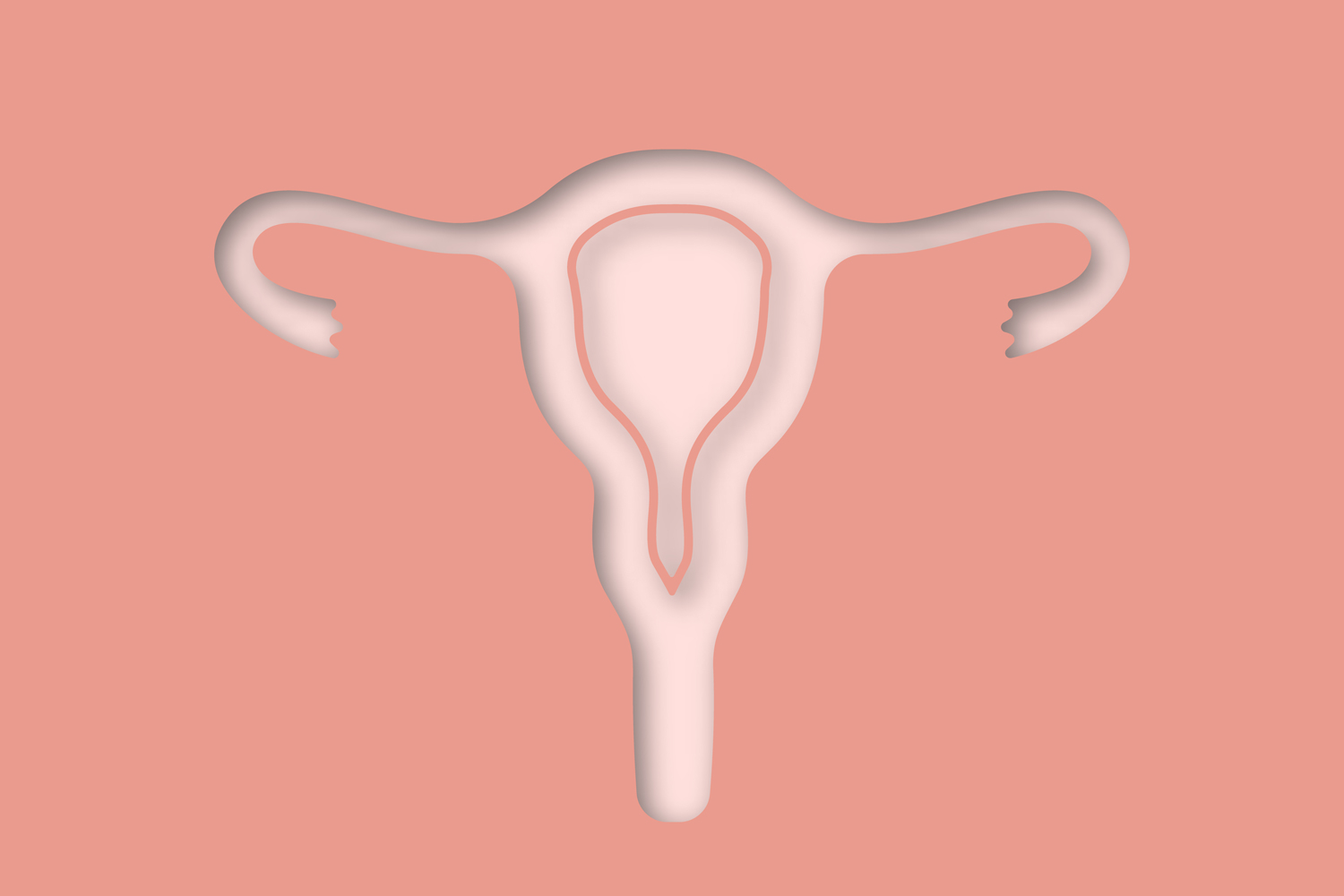Research Group Recommends More Women Consider Removing Fallopian Tubes
The Ovarian Cancer Research Alliance launched a campaign Feb. 1 urging women to learn more about their risk for ovarian cancer and recommending that women of average risk consider having their fallopian tubes removed if they are finished having children and are getting pelvic surgery for other reasons. Ovarian cancer is the fifth most common cause of cancer death in women, and research has found that the most common and deadly forms of ovarian cancer develop first in the fallopian tubes. While other cancers are more common, there is no effective screening test for ovarian cancer. As a result, symptoms tend not to be caught until the cancer has grown to an advanced stage, resulting in low survival rates, the New York Times reports. “It is considered experimental,” Stephanie Blank, a gynecologic oncologist and president of the Society of Gynecologic Oncology, told the Times of the recommendation. But “it makes scientific sense and has a lot of appeal.” While removing the ovaries with the fallopian tubes is still the best way to prevent ovarian cancer—and recommended for women who have inherited genes that put them at higher risk of developing it—experts say the ovaries continue to have a role in hormone production. Removing the fallopian tubes during another surgery is a lower impact way for most women to reduce their risk.
Treatment Recommendations Rely on Age Over Condition
A study of women who got surgery for high-risk breast cancers found that the likelihood of a 70-year-old woman being recommended for radiation therapy was 53% lower than for a woman just a year younger. The results, using data from the National Cancer Database and published in the International Journal of Radiation Oncology, Biology, Physics, showed that women in the 50 to 69 age group were recommended for radiation 90% to 92% of the time, but only 81% of women who were 70 were recommended for radiation. The effect was also seen in lower-risk cancers, where researchers saw a 14% drop in the odds of having hormonal therapy recommended between ages 69 and 70. “For certain subsets in cancer care, there are guidelines that say we can consider different treatment for patients with more advanced-stage disease vs. younger patients,” said Wesley J. Talcott, an author on the study and a radiation oncologist with Northwell Health, in an article in Healio. “This is somewhat arbitrarily set at age 70 in many guidelines, but obviously there’s nothing magical about that number.”
1.9 Million Cancer Diagnoses Expected in U.S. in 2023
An annual report on cancer trends projects 1.9 million new cancer cases in the U.S. in the coming year, the Washington Post reports. The American Cancer Society article, published in CA: A Cancer Journal for Clinicians, noted that the country is also expected to have 609,820 cancer deaths, a continuation of a downward trend in the cancer mortality rate that represents a 33% drop since its peak in 1991. Other highlights include a 65% drop over the past 10 years in the rate of cervical cancer for women in their early 20s, a development the report attributes to the human papillomavirus virus vaccine. But it also noted that prostate cancer rates have started rising 3% per year after declining for a period of 20 years. The report, which uses data from cancer registries and the National Center for Health Statistics, cited screening, advances in treatment, and behavioral changes, particularly the decline in tobacco use, as reasons for the continued drop in the cancer mortality rate.
Cancer Today magazine is free to cancer patients, survivors and caregivers who live in the U.S. Subscribe here to receive four issues per year.





